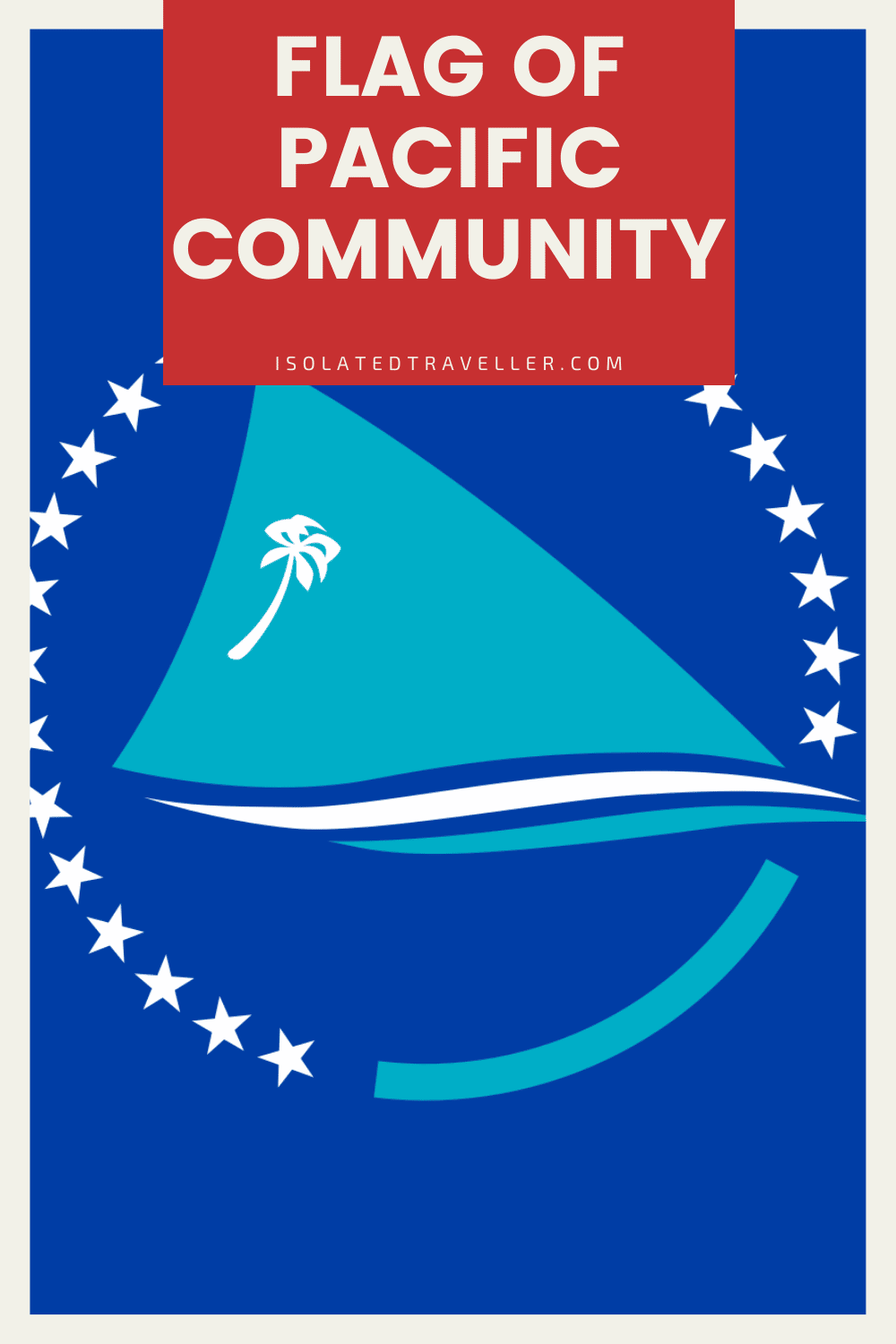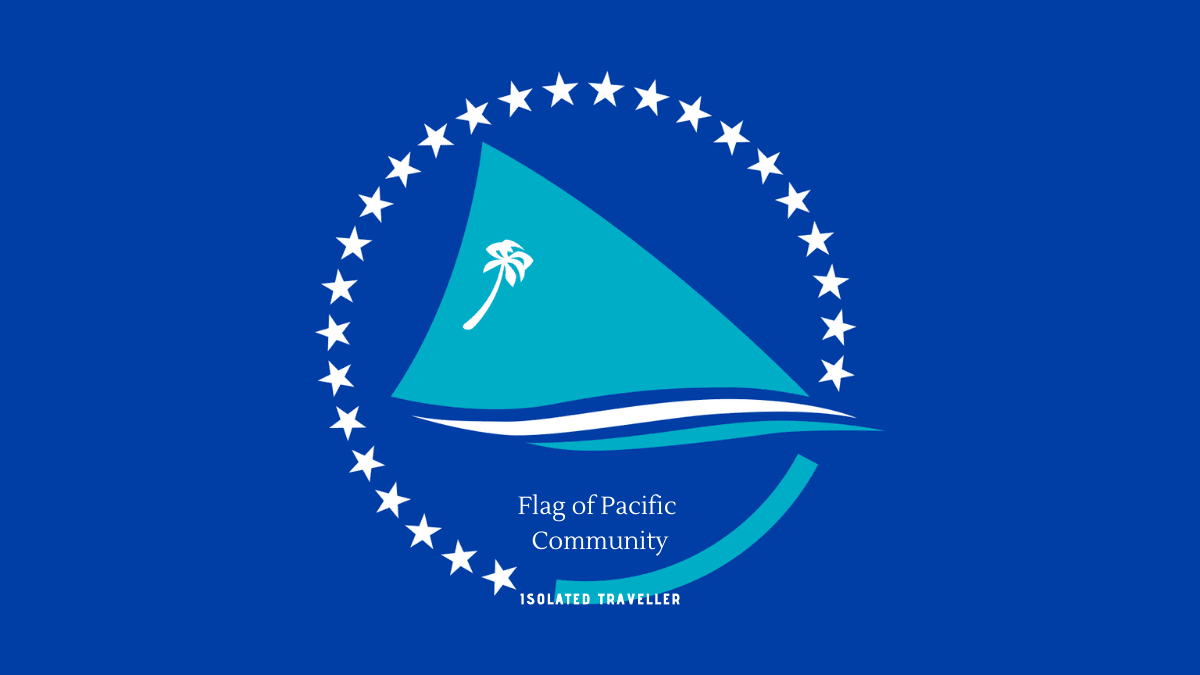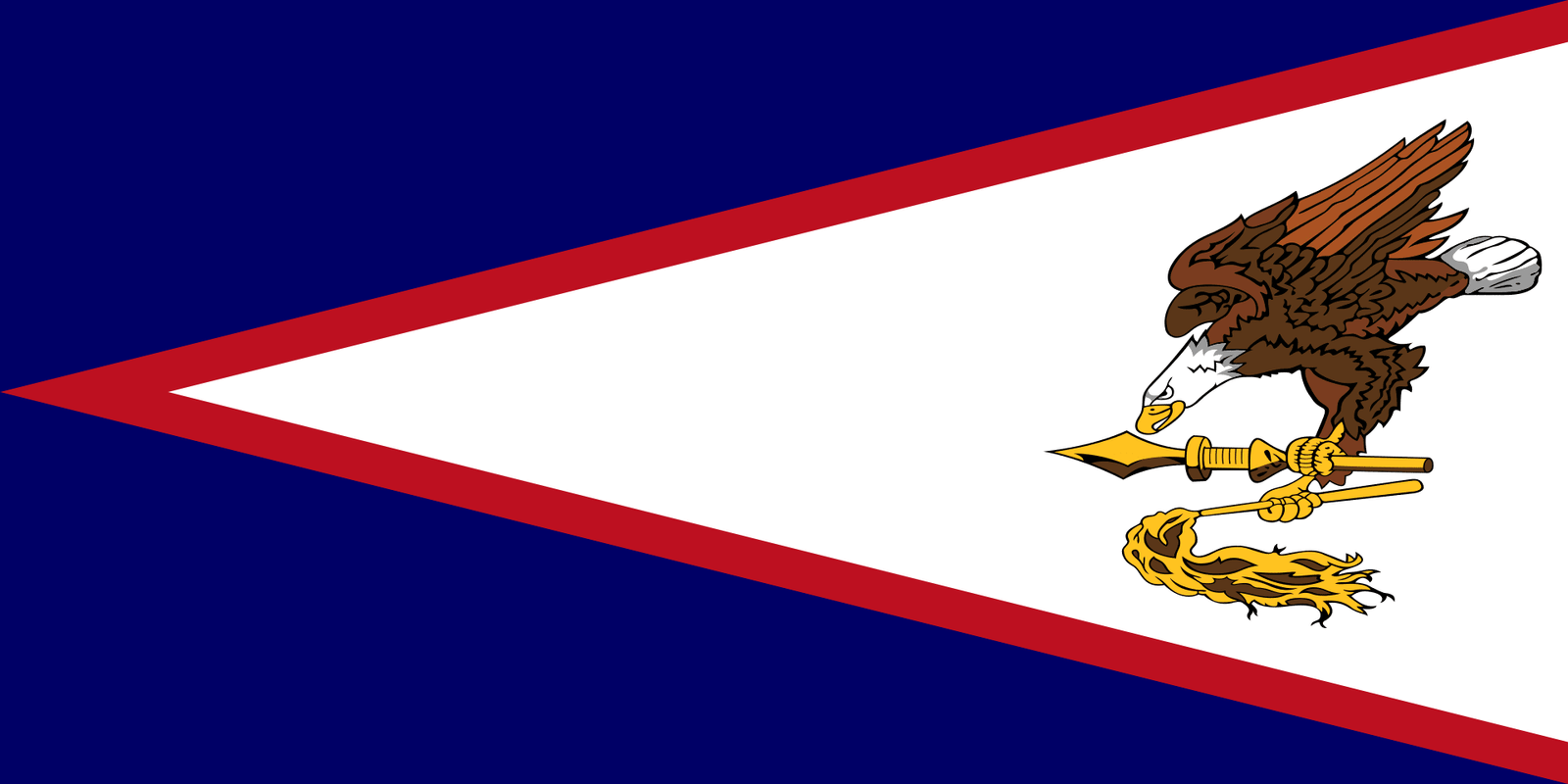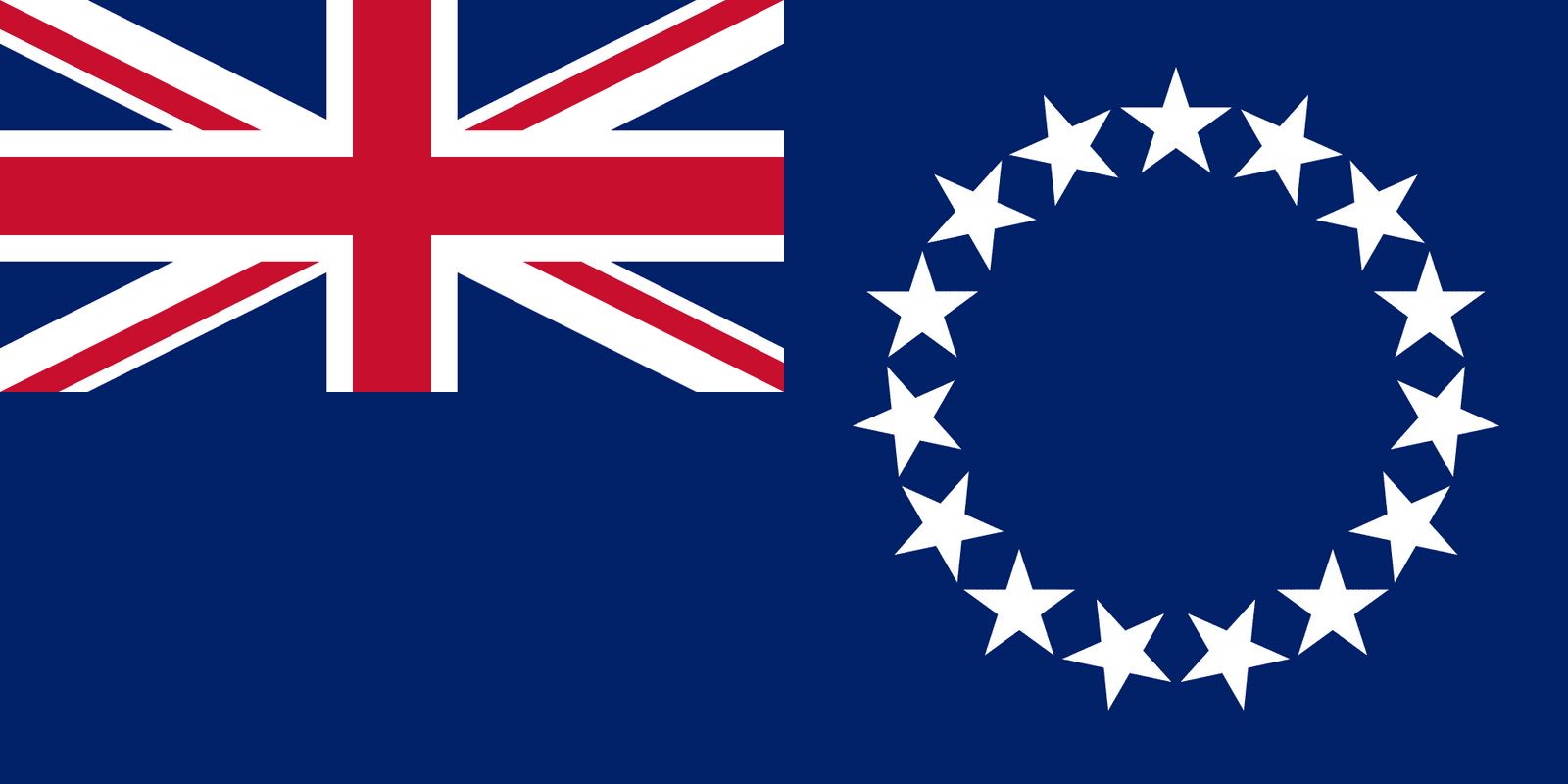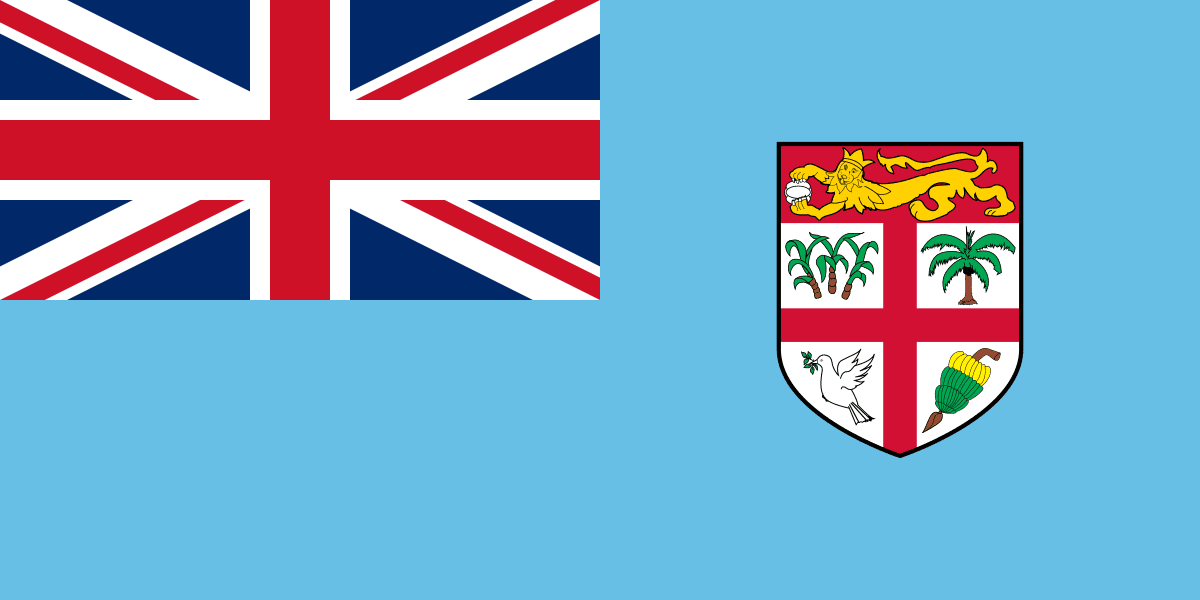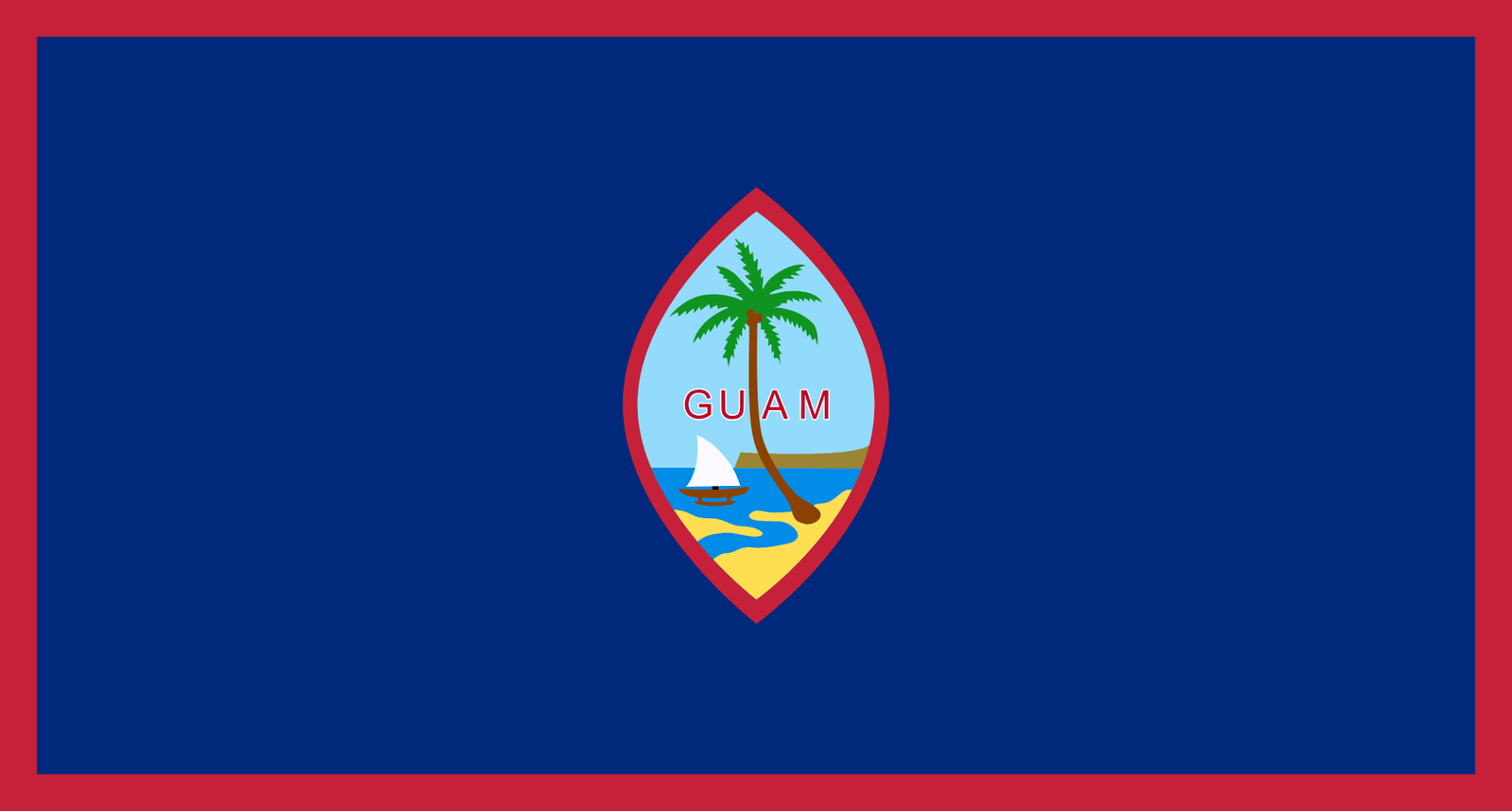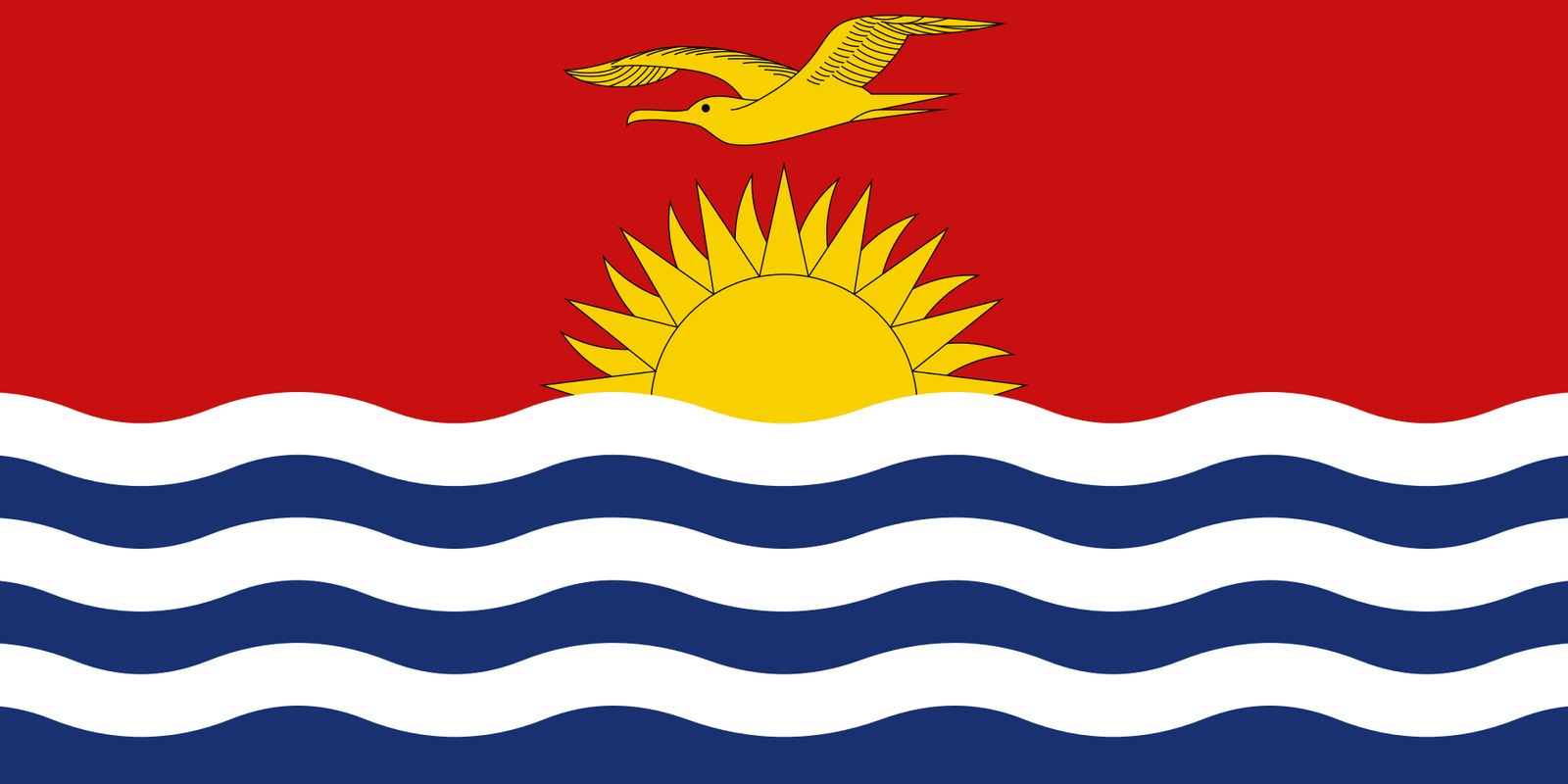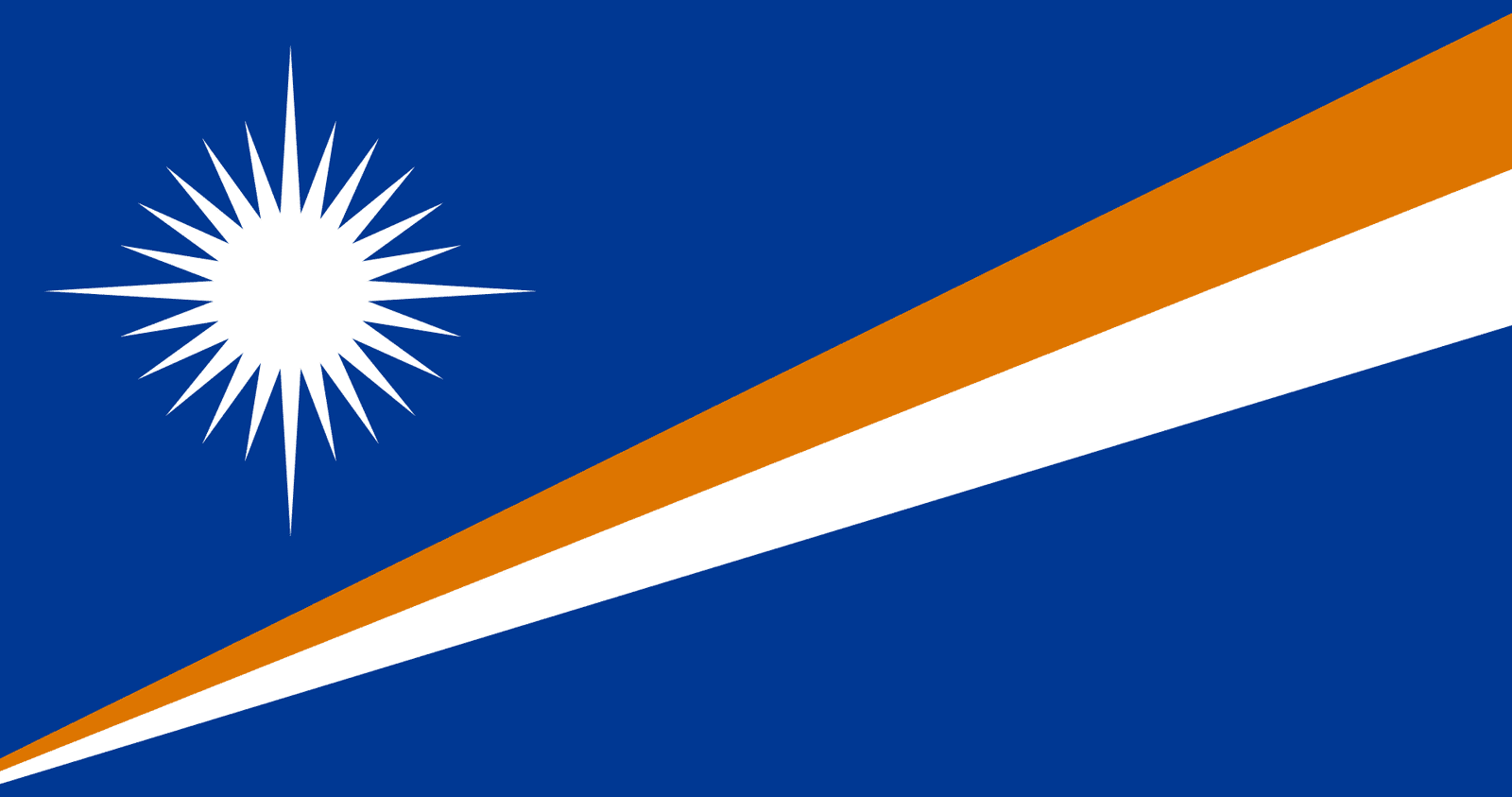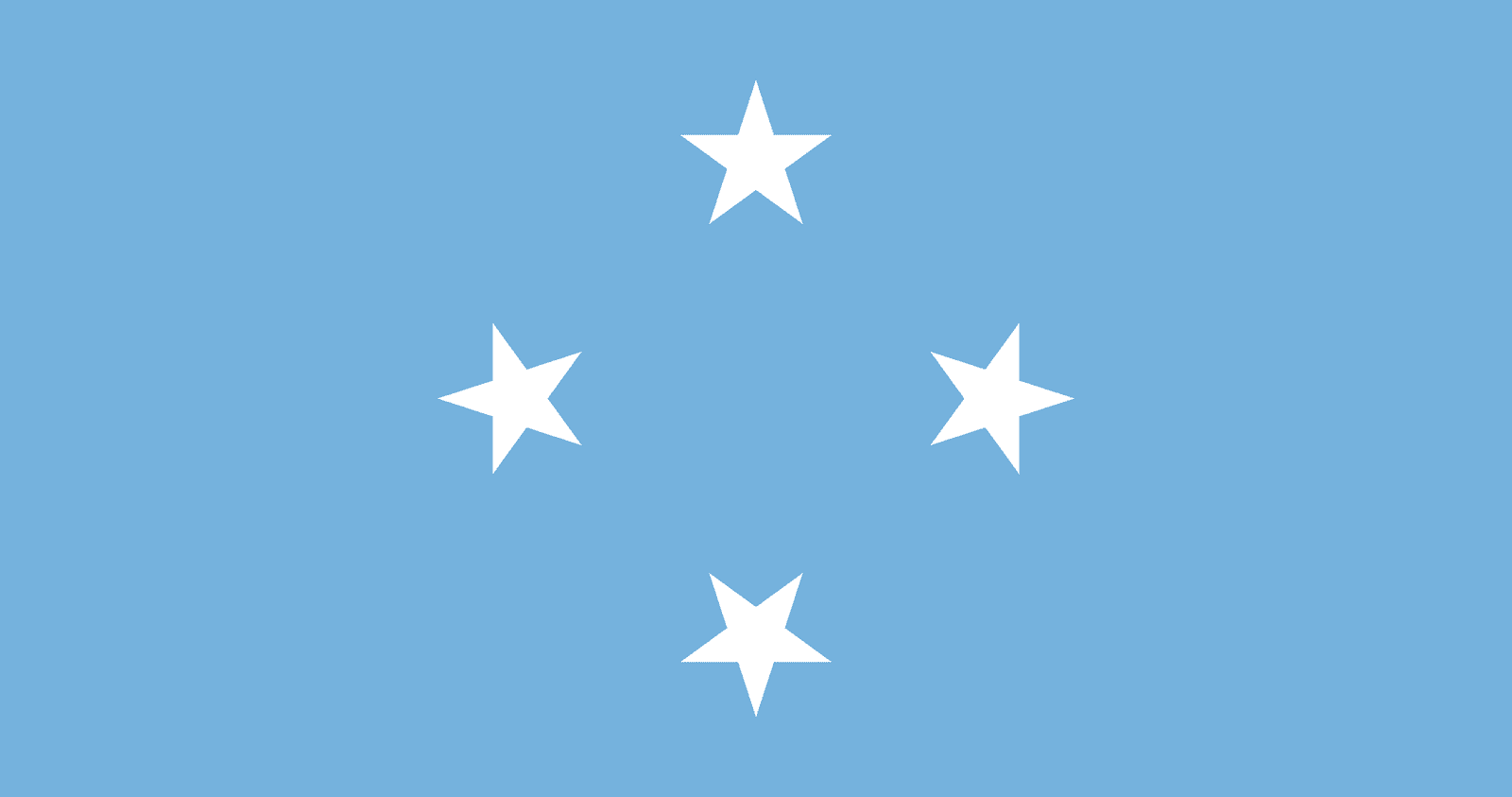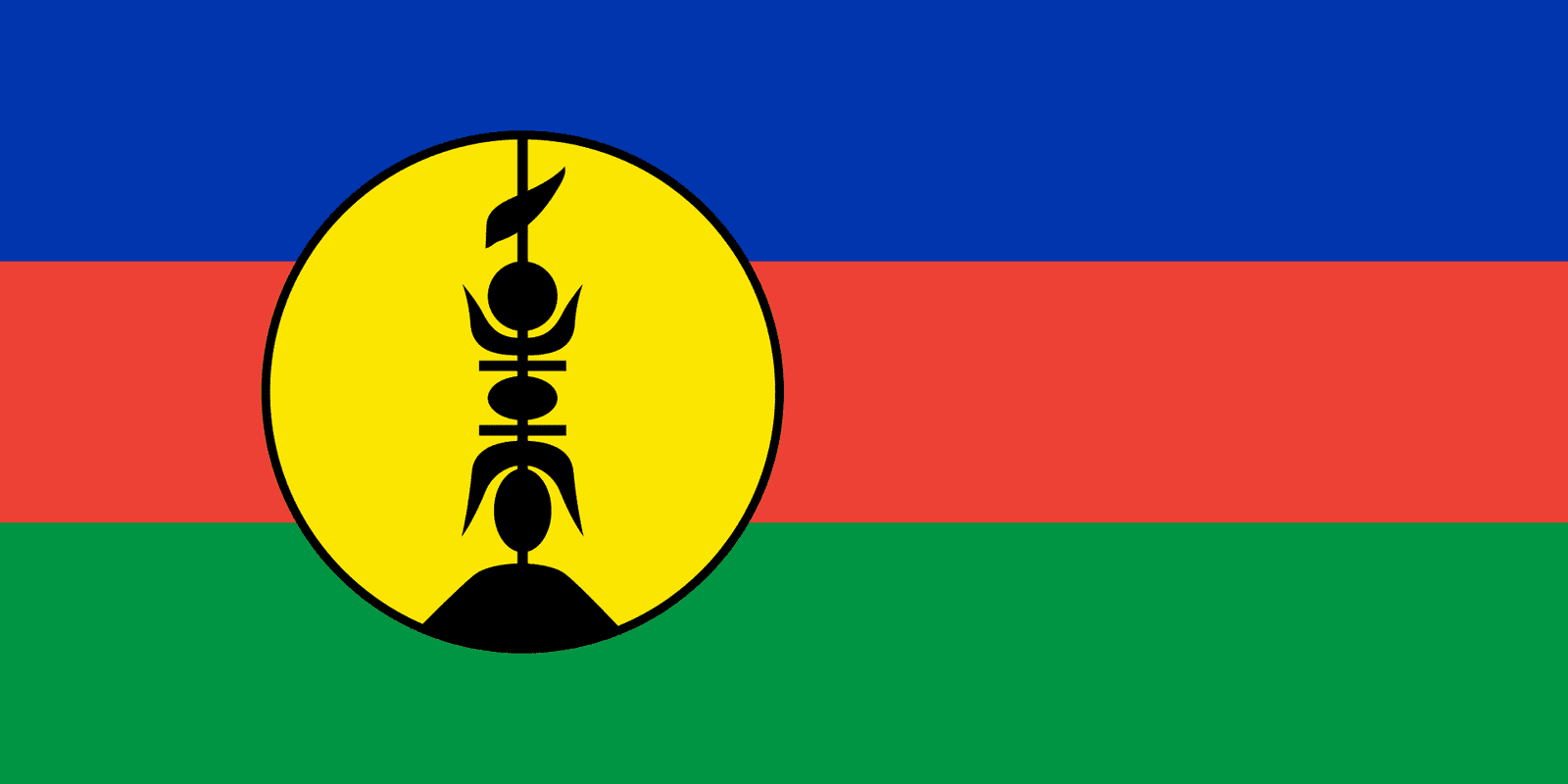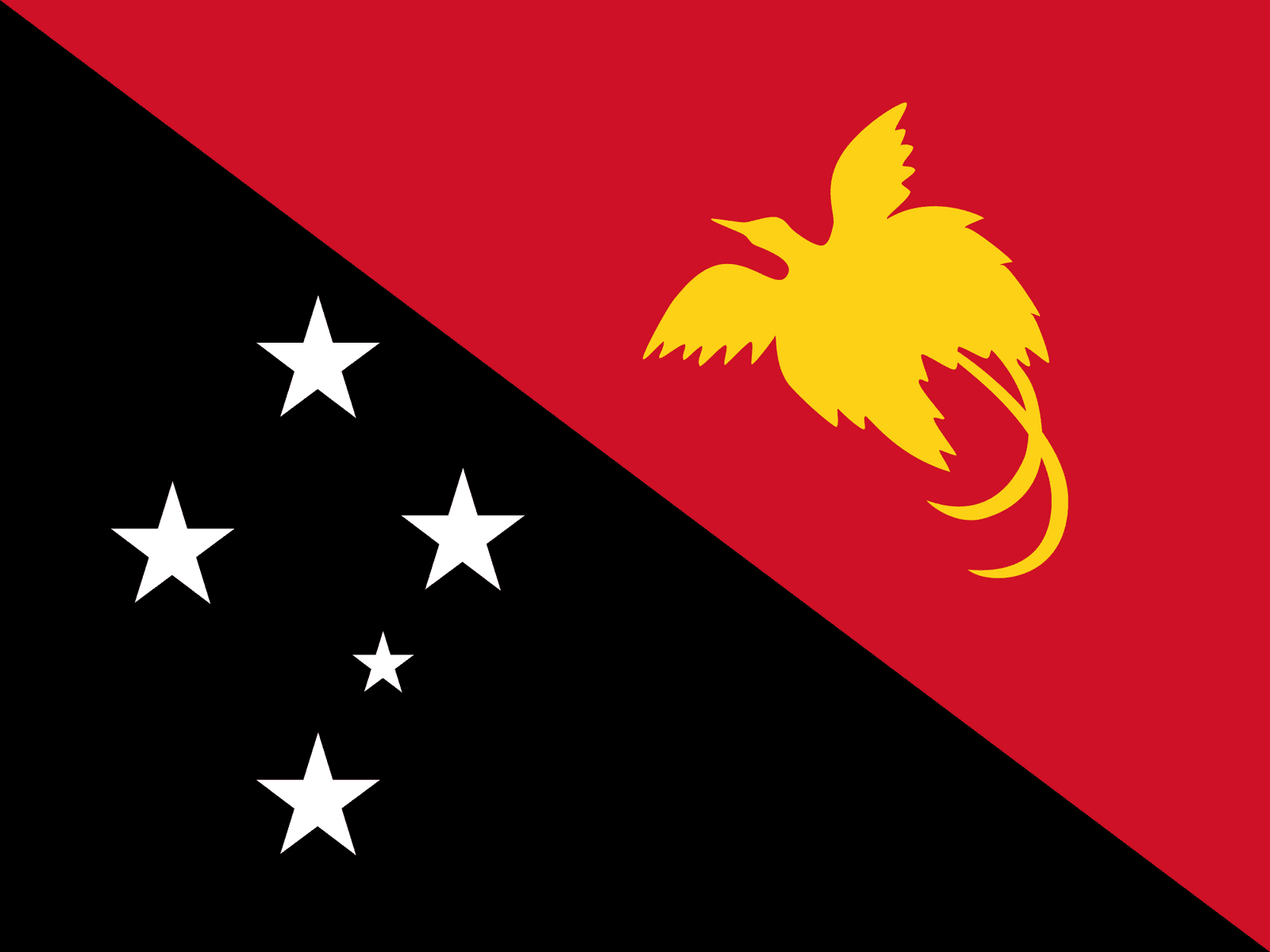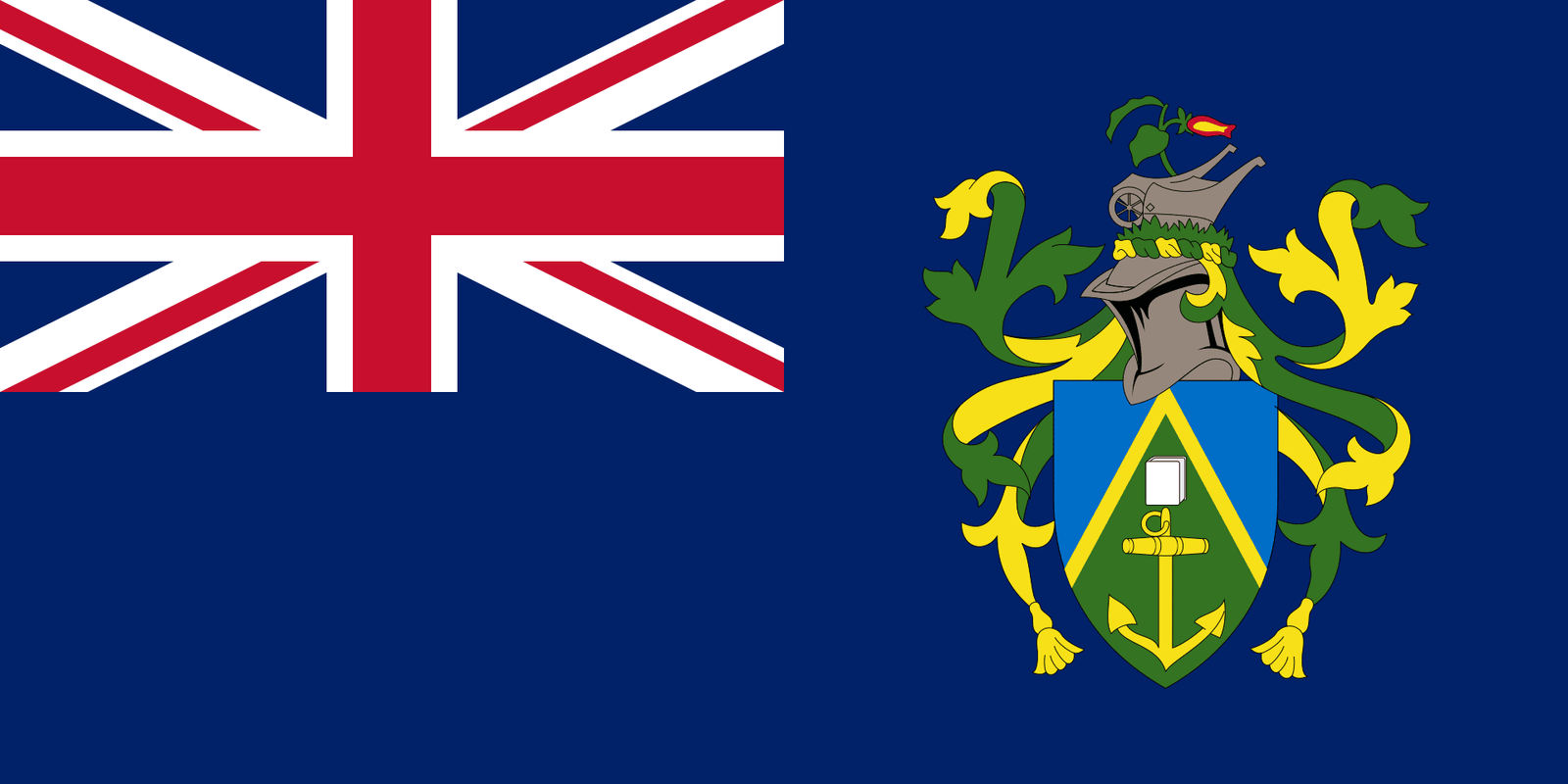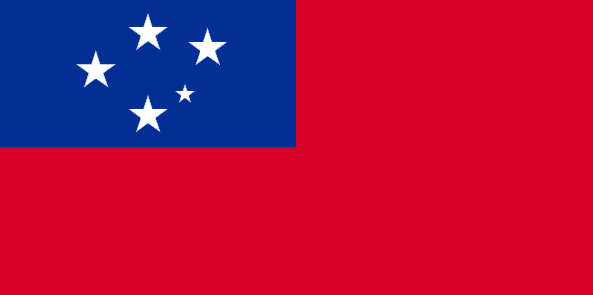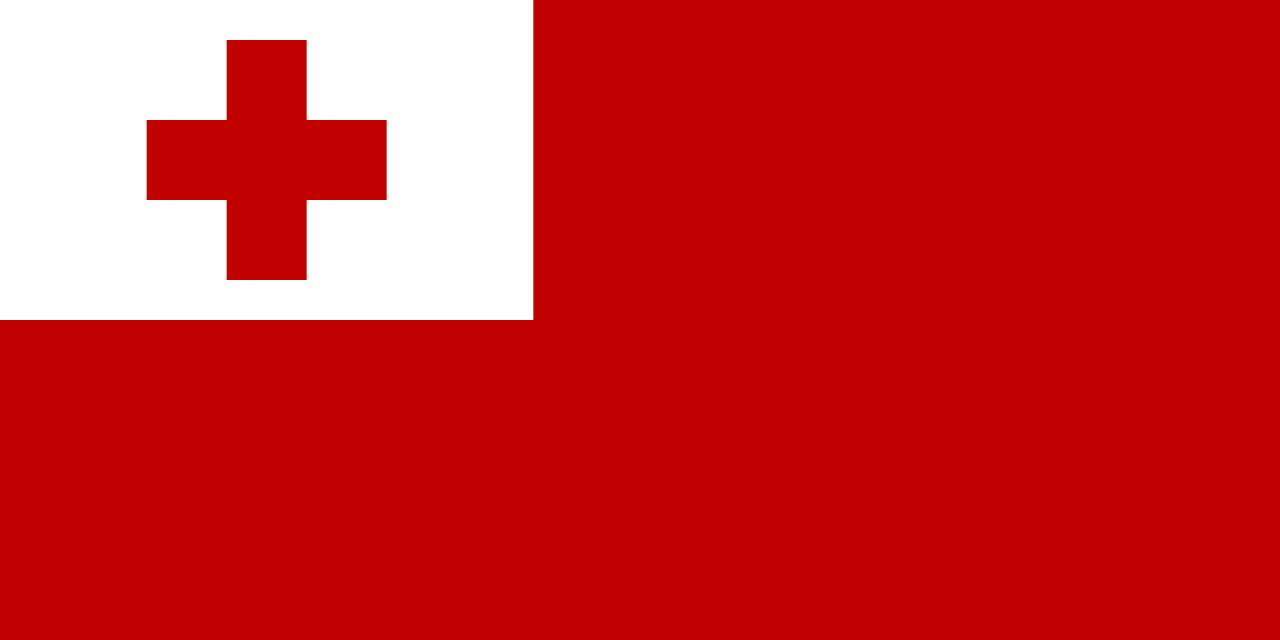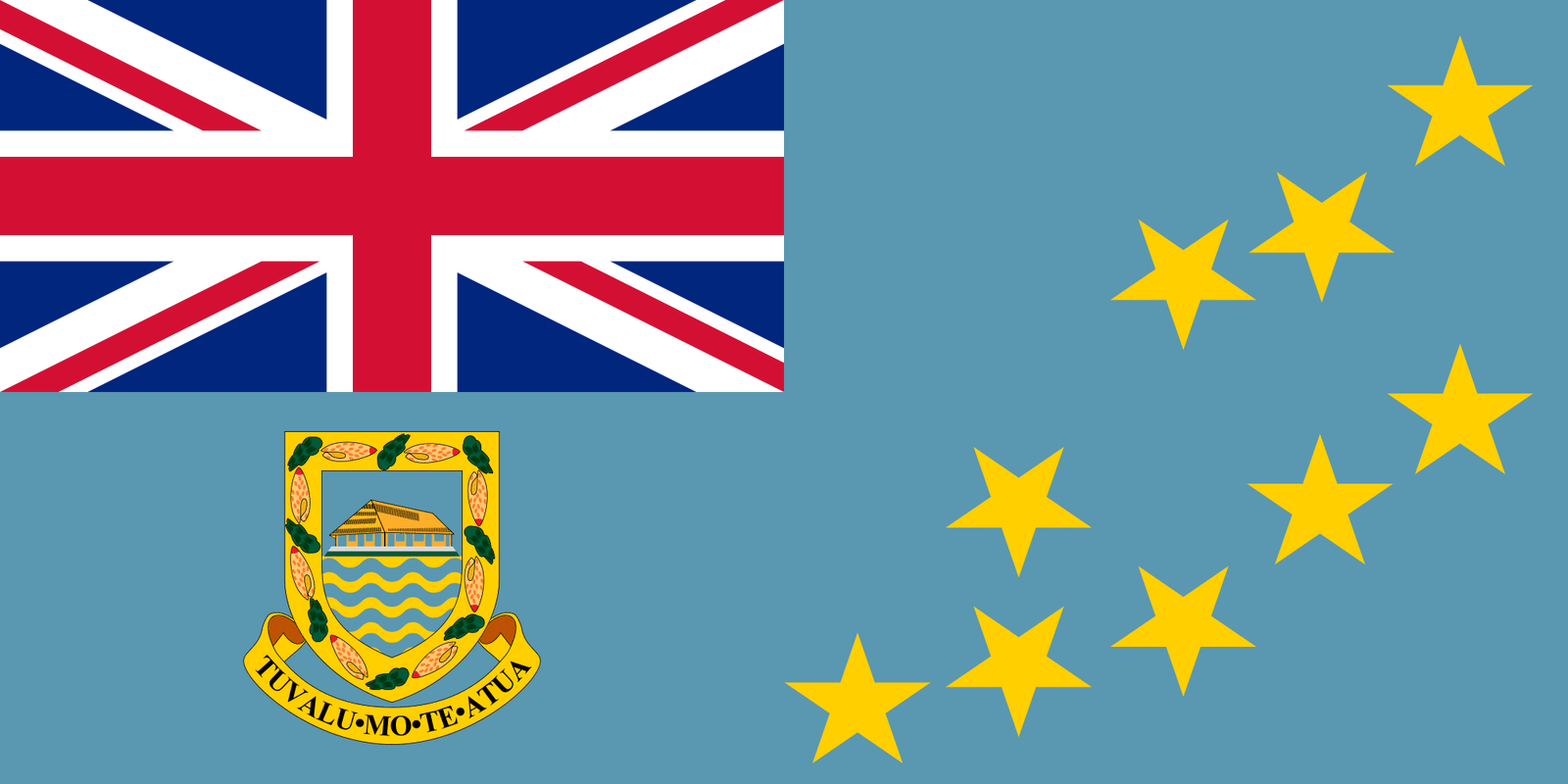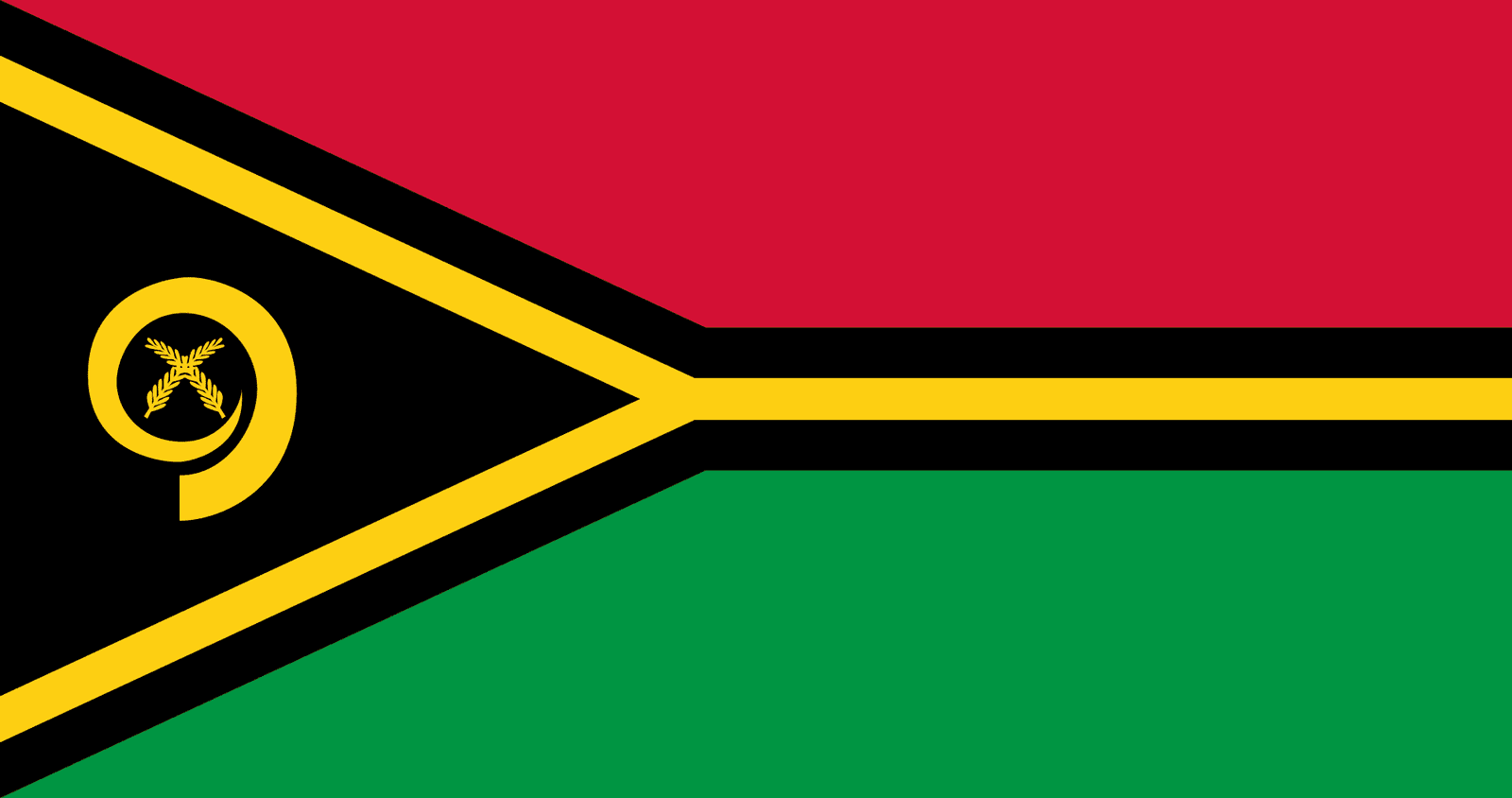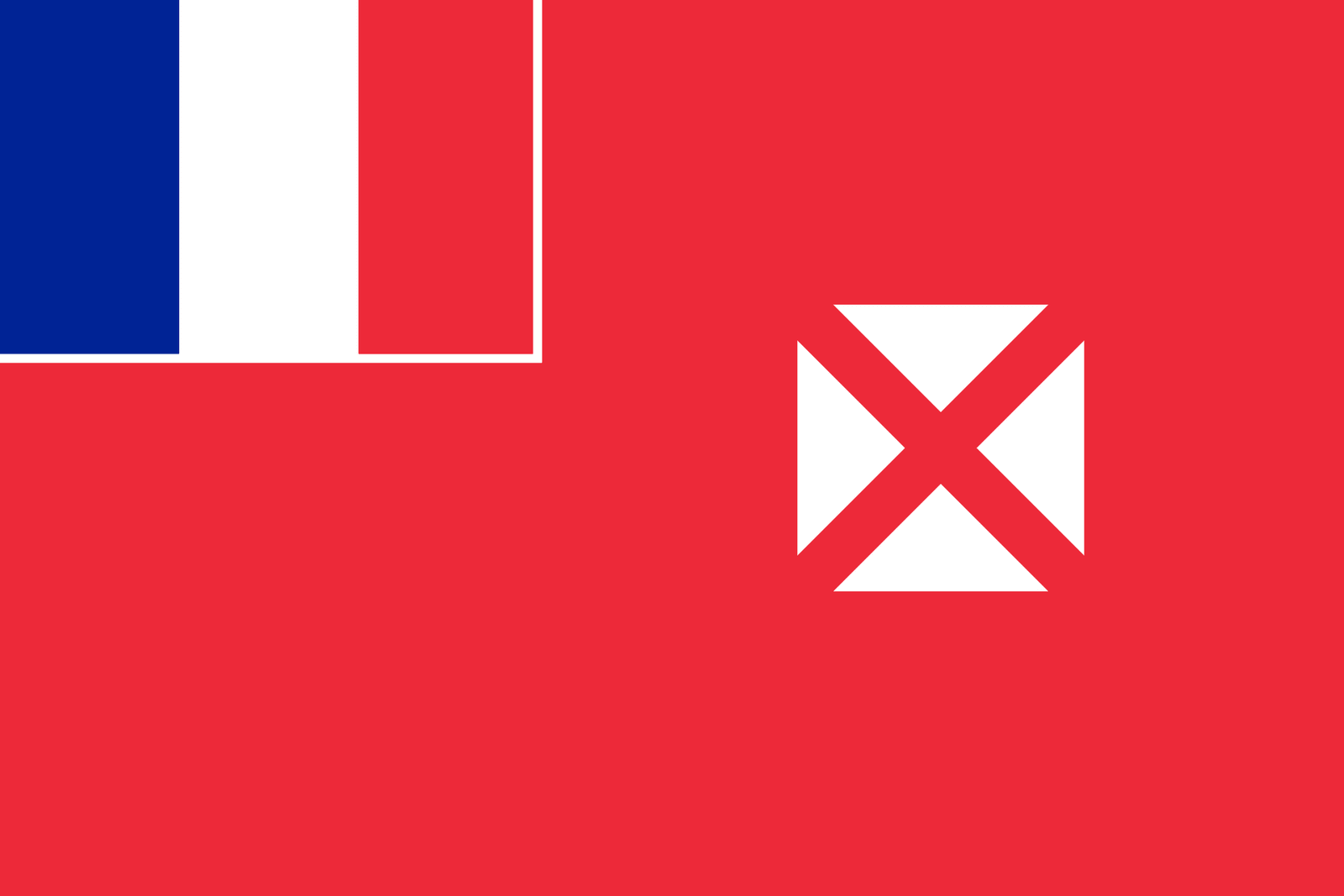The Pacific Community is an international development organisation owned and governed by its 26 country and territory members.
SPC regional development issues include climate change, disaster risk management, fisheries, food security, education, gender equality, human rights, non-communicable diseases, agriculture, forestry and land use, water resources, and youth employment.
The Pacific Community was founded in 1947 as the South Pacific Commission by six developed countries with strategic interests and territories in the region: Australia, France, Netherlands, New Zealand, the United Kingdom, and the United States.
SPC’s founding charter is the Canberra Agreement. In the aftermath of World War II, the six colonial powers which created the SPC arguably intended it to secure Western political and military interests in the postwar Pacific.
Two founding members, the Netherlands and Great Britain have since withdrawn from SPC as the Pacific territories they controlled either gained independence or the right to represent themselves in the organization.
Flag of Pacific Community
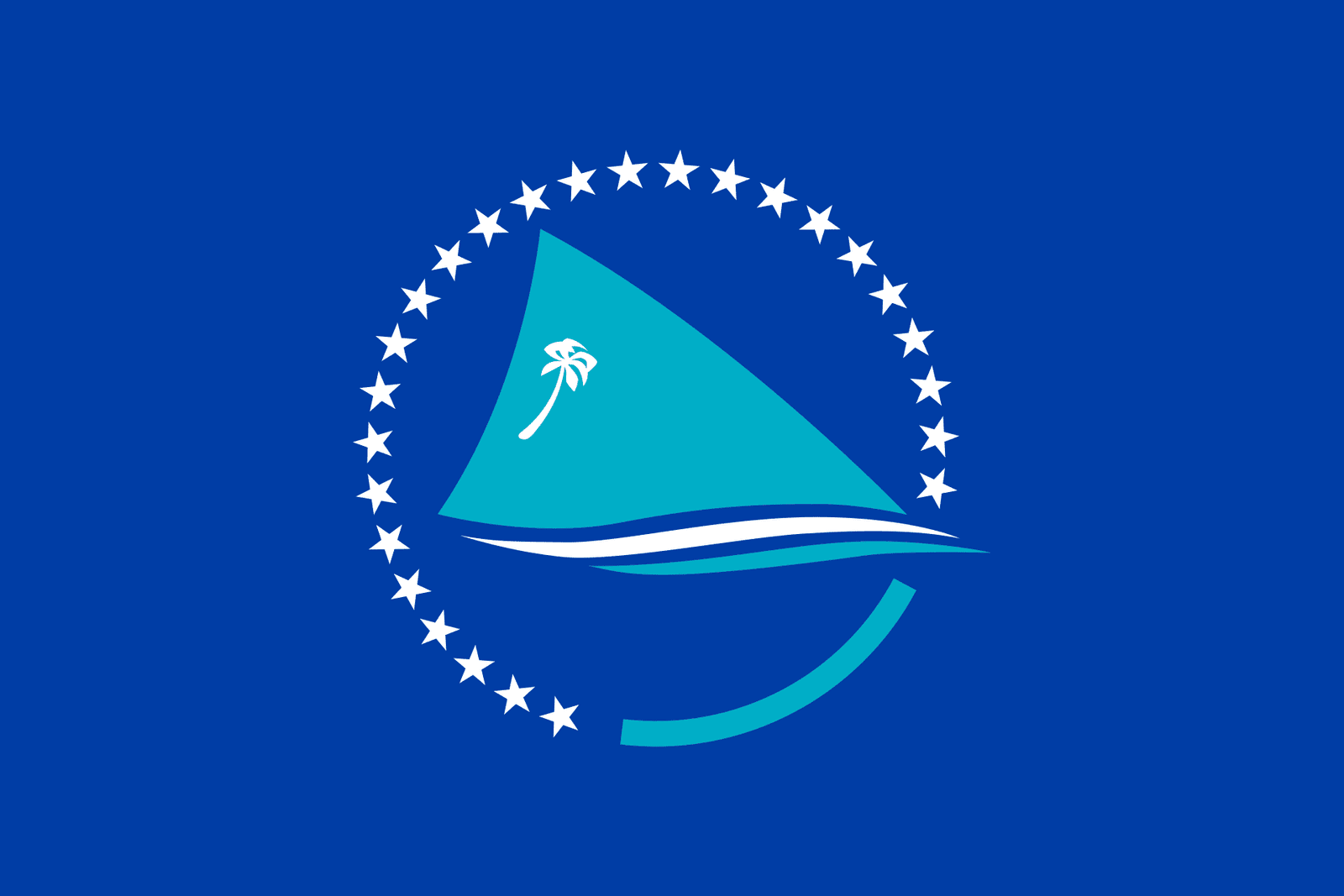
On 6 December 1999 during a conference in Papeete the Pacific Community, formerly the South Pacific Commission, adopted the present flag. The former flag featured on the blue field a white ring, being the lower right part replaced by a chain of small gold stars. Above the stars was a small white palm tree.
The current flag features a circle of stars, a star for each member of the organization, completed by an arch. The arch represents the secretariat that ties the countries together. Inside the circle figures an emblem consisting of sail, ocean and a palm tree. The sail and ocean symbolise linkage and interchange, while the sail itself represents a canoe and symbolises movement and change. The palm tree symbolises wealth. The colours intend to mirror the clear night skies of the Pacific, the dark blue field and the white stars. The turquoise sail, arch and lower wave symbolises youth and the island chains of the region.
Flags of SPC members
|
|
|
|
|
|
|
|
|
|
|
|
|
|
|
|
|
|
|
|
|
|
|
|
|
|
Find Out More about the Members of the SPC and their locations around the world, visit SPC Members Map
